Tesla board opened search for a CEO to succeed Elon Musk
With profits and the stock price sinking, Tesla board members told Elon Musk he needed to spend more time at the company.

About a month ago, with Tesla’s stock sinking and some investors irritated about Elon Musk’s White House focus, Tesla’s board got serious about looking for Musk’s successor.
Board members reached out to several executive search firms to work on a formal process for finding Tesla’s next chief executive, according to people familiar with the discussions.
Tensions had been mounting at the company. Sales and profits were deteriorating rapidly. Musk was spending much of his time in Washington.
Around that time, Tesla’s board met with Musk for an update. Board members told him he needed to spend more time on Tesla, according to people familiar with the meeting. And he needed to say so publicly.
Musk didn’t push back.
Tesla has been on a losing streak in the months since Musk, its visionary chief executive, began spending much of his time helping President Trump slash federal spending. Last week, after the company said its first-quarter profit had plunged 71%, Musk told investors he would soon pivot back to his job at Tesla.
“Starting next month,” he said on a conference call about earnings, “I’ll be allocating far more of my time to Tesla.” The board narrowed its focus to a major search firm, according to the people familiar with the discussions. The current status of the succession planning couldn’t be determined. It is also unclear if Musk, himself a Tesla board member, was aware of the effort, or if his pledge to spend more time at Tesla has affected succession planning. Musk didn’t respond to requests for comment.
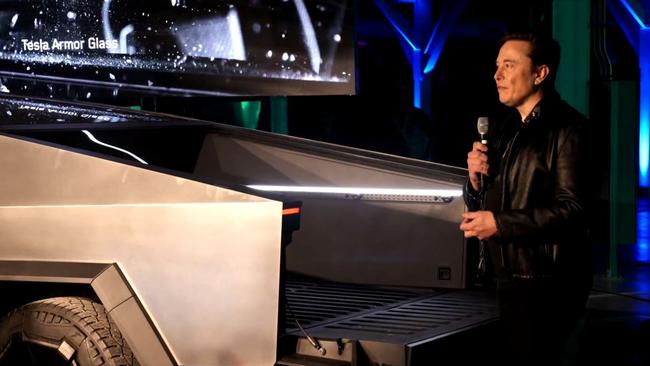
During a cabinet meeting on Wednesday, Trump thanked Musk for his government work. “You know you’re invited to stay as long as you want,” Trump said. “I guess he wants to get back home to his cars.”
Any change at the top would mark a major moment for Tesla: Musk has run the electric-vehicle maker for nearly 20 years, though he stepped aside as board chairman in 2018. Musk has been deeply involved in all of his businesses, even those in which other executives handle day-to-day management.
The eight-person Tesla board has been looking to add an independent director, according to people familiar with the process. Some directors, including Tesla co-founder JB Straubel, have been meeting with major investors to reassure them the company is in good hands.
Musk’s detour into government came at a difficult time for his biggest company. Sales of Tesla’s electric cars fell in 2024, the first annual decline in more than a decade. The company slashed prices, which ate into profit margins. Its high-profile Cybertruck, derided for its strange looks, became the butt of jokes by late-night comics.
Musk’s close ties to Trump tarnished Tesla’s brand for some consumers. Making matters worse, the president’s tariffs have complicated Tesla’s business in China, one of its biggest car markets, and a U.S. supply chain that relies heavily on vendors in Mexico and Canada.
Musk’s proximity to the president proved no help on that front. He told investors last week he would “continue to advocate for lower tariffs rather than higher tariffs, but that’s all I can do.” The decision, he said, was the president’s.
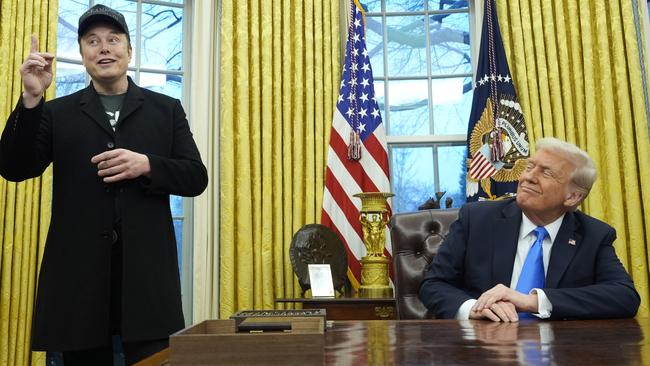
After Trump’s victory last year, Tesla’s shares surged at first, reflecting optimism that Musk’s close ties to the president would yield benefits for his businesses. Tesla’s market value hit a record high of $1.5 trillion in December. Since then, it has fallen to about $900 billion.
Early last year, after some two decades of running Tesla, Musk confided to someone close to him, in late night texts, that he was frustrated to still be working non-stop at the company, especially after a Delaware judge had struck down his multibillion-dollar pay package.
Last spring, he told that person that he no longer wanted to be CEO of Tesla, but that he was worried that no one could replace him atop the company and sell the vision that Tesla isn’t just an automaker, but the future of robotics and automation as well.
Musk has complained both in public and private that despite owning roughly 13% of the company, he has been working without pay for the last seven years. The Tesla board recently formed a special compensation committee to address CEO compensation.
Musk has enormous demands on his time. Tesla is only one of five businesses he oversees. At Tesla alone, more than 20 executives report directly to him, according to an internal document. Since the election, he has spent most of his time in Washington, with weekends at Trump’s Mar-a-Lago resort in Florida. When he met with Tesla employees and board members, he often did so remotely.
Some Tesla employees said that the first time they had heard from Musk in months was at an all-hands meeting in March, streamed to all X users, where he tried to reassure employees and persuade them not to sell their shares.
“If you read the news, it feels like Armageddon,” he told them. “I can’t walk past a TV without seeing a Tesla on fire,” he said, referring to vandalism at Tesla showrooms and charging stations. “There are times when there are rocky moments, a little bit of stormy weather, but I’m here to tell you the future is bright and exciting. What I’m saying is – hang on to your stock.”
Executive focus
Musk spent more than $250 million on Trump’s re-election effort. He took the stage with Trump at rallies and even spent a chunk of time in Pennsylvania after identifying it as a state that Trump couldn’t afford to lose. On election night, he was in the ballroom at Mar-a-Lago.
The next morning, Nov. 6, he flew out of Palm Beach to attend a Tesla board meeting in Austin. Soon, he was back in Mar-a-Lago sitting in on meetings with world leaders and helping to vet candidates for cabinet positions.
Musk was given the job of running the Department of Government Efficiency, which eventually was staffed with government outsiders that included investors and employees from his companies. His status as a “special government employee” enables him to work at the White House for 130 days each year without filing the financial-disclosure forms required for regular employees.
Some employees said they were happy at first that Musk was busy in D.C. because his tendency to micromanage at Tesla could be a distraction.
As Musk drew closer to Trump, who has criticised EV mandates and vowed to reinvigorate the oil and gas industries, some employees sought assurances from management that Musk still supported Tesla’s mission to fight climate change and support sustainable-energy infrastructure.
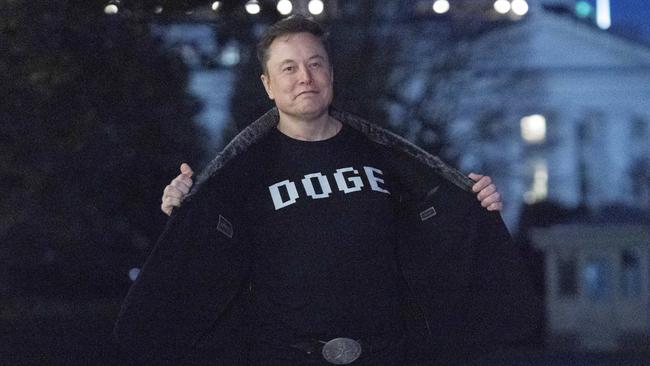
Late last November, Tesla executive Mike Snyder tried to reassure his team that Musk’s political tilt wouldn’t distract him from the business. “It’s obviously been a turbulent and emotional season, I acknowledge that,” he said, according to a recording of the meeting reviewed by The Wall Street Journal. “I’d rather have Elon next to Trump than an enemy of Trump.” Snyder, whose team works on energy storage and solar power, told his team that Musk continued to answer texts. “People concerned that Elon is not engaged or interested, I can assure you that’s not true,” he said.
By early this year, it was clear to some inside the company that Musk’s political foray was becoming a business liability. Tesla was losing brand appeal in markets such as California and Germany, and drivers had begun putting bumper stickers on their Teslas distancing themselves from Musk’s politics. Tesla also was losing ground in China to homegrown rivals such as BYD.
Eliah Gilfenbaum, a Tesla executive in California, told his team that it was getting more challenging to hire and retain talent, according to one person who was present. He told them Tesla would be better off if Musk resigned. That was unlikely to happen, he told them, and employees needed to reconcile the boss’s politics with the company’s mission. He advised them to try to compartmentalise and just keep going.
After two newspapers reported on Gilfenbaum’s remarks, Gilfenbaum was forced out of Tesla, the person said. Tesla hasn’t commented on the matter.
Growth problem Tesla executives have said the company is in a transition period. Its popular Model 3 car and Model Y crossover drove a first wave of growth. Now it is pivoting to artificial intelligence and robotics, heralded by new vehicles like its Cybercab, a gold two-seater sedan with no steering wheel or pedals, and by Optimus, a humanoid robot central to Musk’s vision for the company. Musk has posited that robotics could transform Tesla into a $30 trillion company, many times its current valuation.
Meanwhile, though, its core EV business is faltering, and its newest vehicle, the Cybertruck, hasn’t provided much of a boost. Musk pitched the Cybertruck, unveiled in 2019, as a futuristic, bulletproof alternative to old school pick-ups like Ford’s F150. The first versions to reach customers, in late 2023, were priced around $100,000 – 2 1/2 times the price Musk first announced.
The truck has faced eight recalls, including on safety hardware such as the accelerator pedal and windshield wipers. In its first full year of sales, Tesla sold just 39,000 Cybertrucks in the U.S., according to Cox Automotive estimates – a fraction of the 250,000 in annual sales Musk said was the goal.
While many investors held out hope that Tesla would release a new, low-cost model to invigorate sales in 2025, the company instead has focused on refreshing its existing line-up and lowering prices by changing out expensive parts like the material used on its seats.
In March, it unveiled a refresh of the Model Y, its bestselling car. In April, Tesla released a less expensive version of the Cybertruck, priced at $69,990.
The Wall St Journal

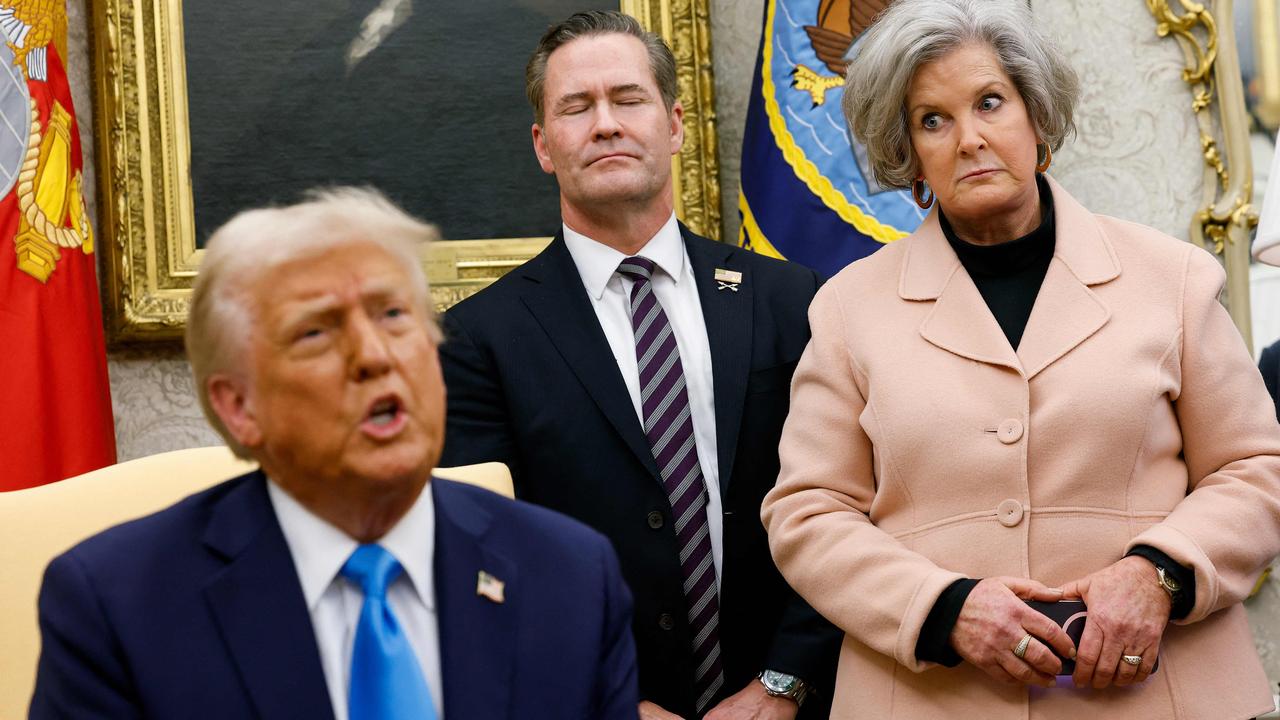
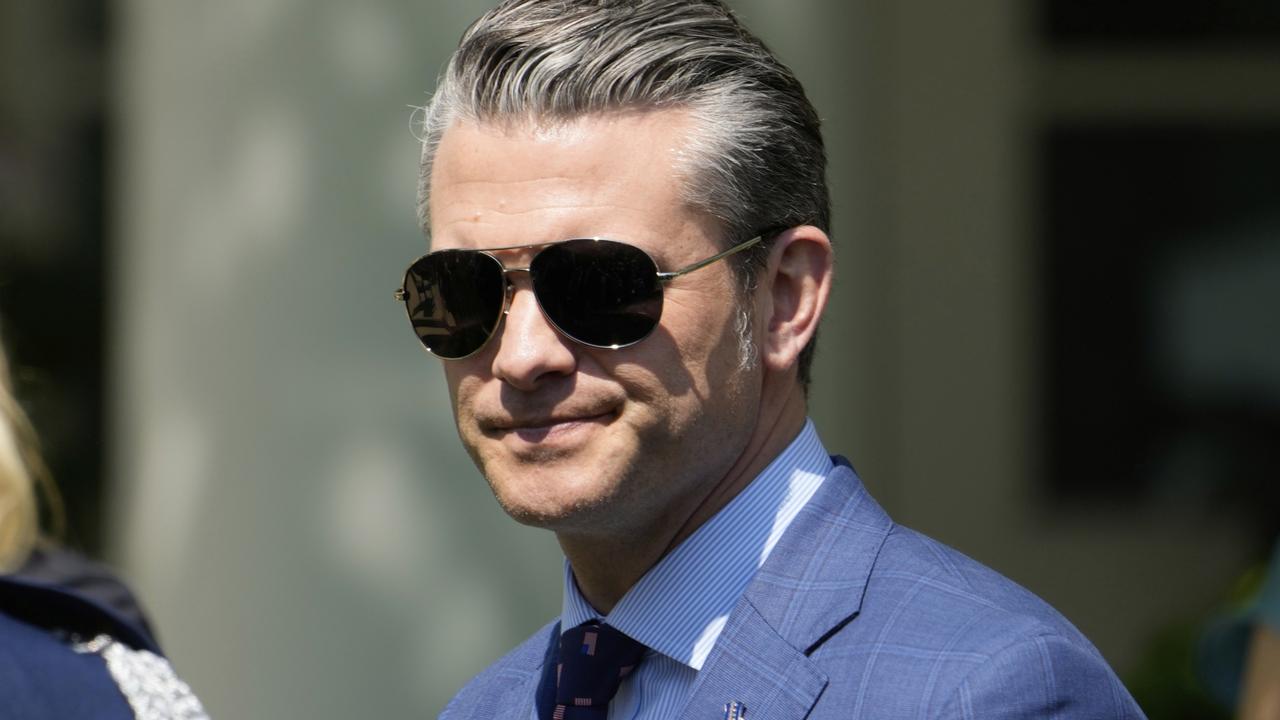
To join the conversation, please log in. Don't have an account? Register
Join the conversation, you are commenting as Logout